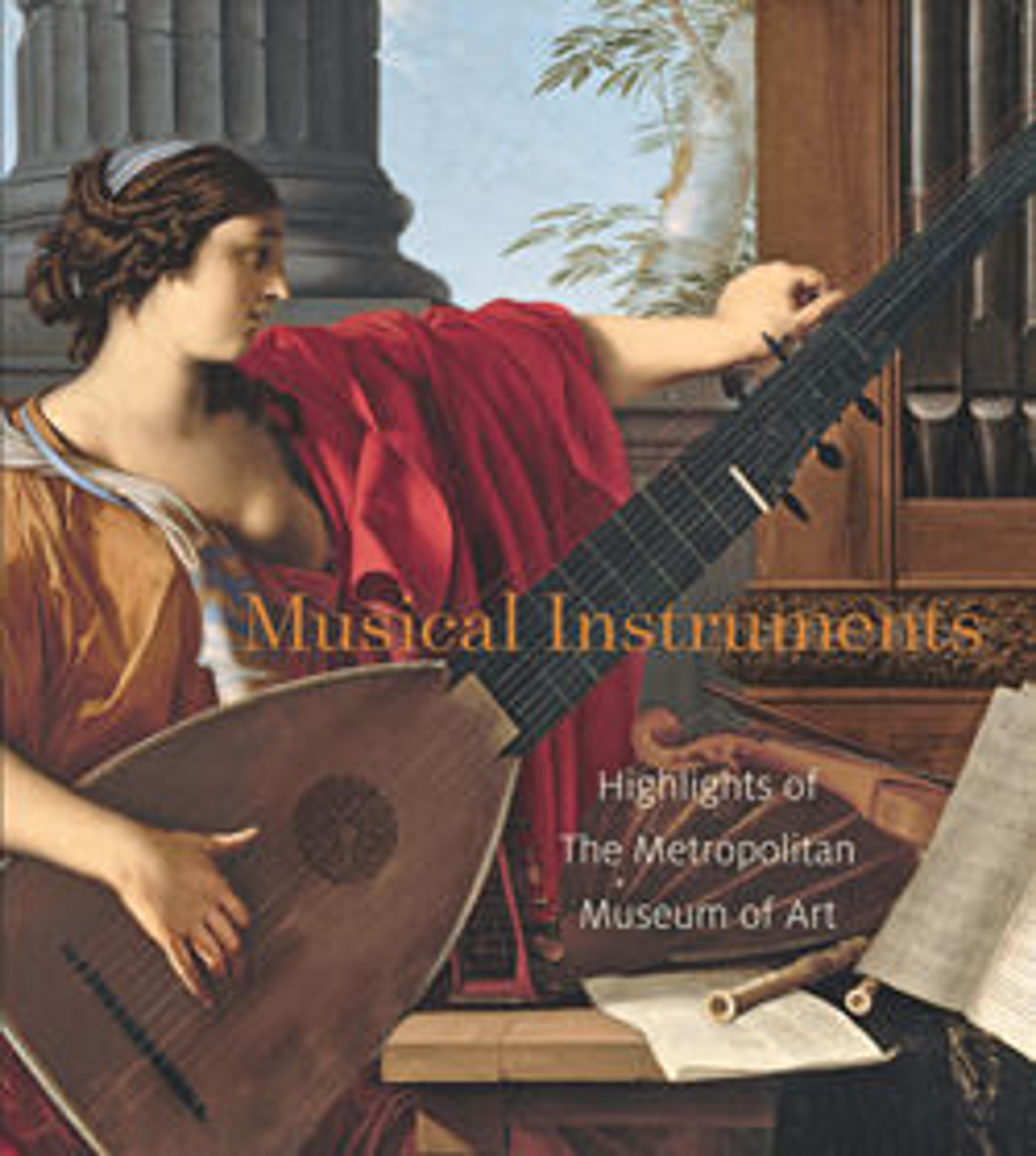Rattle
Rattles like this were most likely used during dance rituals of the Haida or Tsimshian. Spherical in shape with two diametrically opposed faces, this rattle represents typical carving of Northwest Coast people, exhibiting form-line carving in low relief. The cutaway—darkened—sections represent an equally significant aspect of the composition. Low-relief carving in this style makes a play on the relationship between negative and positive space. One side of the rattle depicts a face in quintessential form-line ornament, with ovoid and U-shaped realizations of the space between the form-lines. The opposite side of the rattle depicts a hook-nosed bird figure, possibly a hawk or raven, the nose protruding from the low relief of the face. There is evidence of red and black pigment as embellishment on both sides of rattle. This wooden rattle is constructed in two pieces carved to form a hollow chamber. Small holes carved near edges of both pieces are threaded with vegetal lacing and pinned with iron nails to secure the two halves together, along with the wrapping at the base of handle.
Artwork Details
- Title:Rattle
- Date:ca. 1880
- Geography:British Columbia, Canada
- Culture:Native American (Haida)
- Medium:Wood, string, pigment
- Dimensions:Height: 11 1/2 in. (29.2 cm)
Diameter: 6 in. (15.2 cm) - Classification:Idiophone-Shaken-rattle
- Credit Line:The Crosby Brown Collection of Musical Instruments, 1889
- Object Number:89.4.1963
- Curatorial Department: Musical Instruments
More Artwork
Research Resources
The Met provides unparalleled resources for research and welcomes an international community of students and scholars. The Met's Open Access API is where creators and researchers can connect to the The Met collection. Open Access data and public domain images are available for unrestricted commercial and noncommercial use without permission or fee.
To request images under copyright and other restrictions, please use this Image Request form.
Feedback
We continue to research and examine historical and cultural context for objects in The Met collection. If you have comments or questions about this object record, please contact us using the form below. The Museum looks forward to receiving your comments.
